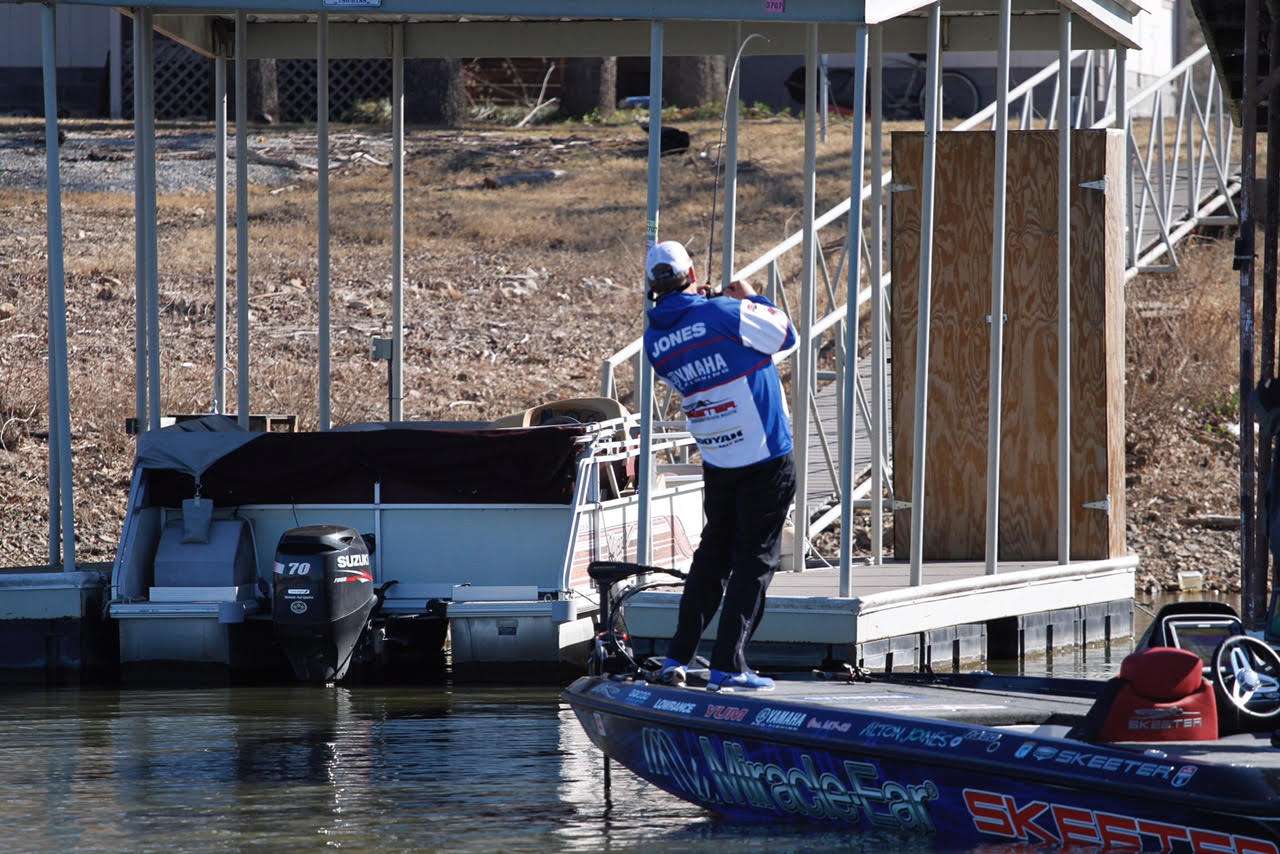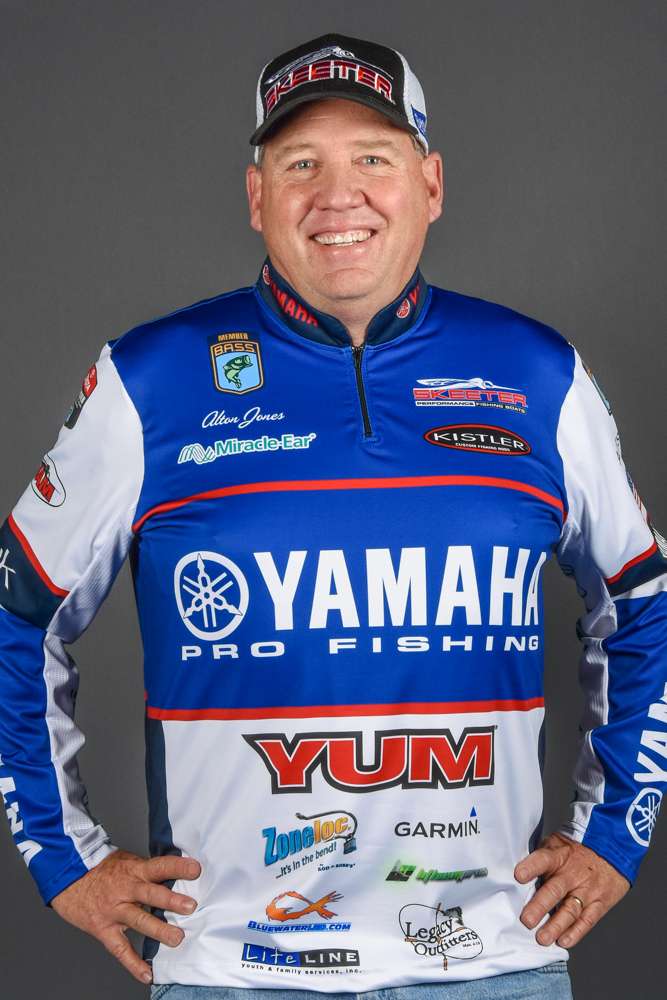
One of the reasons I look forward to spring so much is that we can expect good weather. That may sound counterintuitive because, normally, we associate the best fishing with bad weather.
We often say that bass like a windy day, they like a stormy day, they like the day before the front when it’s raining sideways. But the springtime is different. That’s the one time in a bass’ life — especially a big bass — when they want warm sun and they want to get out of the wind.
For perspective, I like to use the analogy of my wife when she was nine months pregnant — all she wanted to do was lie around in the sun. Can you blame her?
Bass are a lot like that, especially in the early spring. For these fish, it’s all about comfort and preparation for their spawn.
This time of year, bass need plenty of warming sunshine to help their eggs incubate. They also want comfortable habitat during this time because they’re literally bulging.
So, how do you choose a good spring fishing spot? Well, I have a formula that has worked well for me: Go to windy side of the lake and find a place that’s out of the wind. That might be a pocket off a cove, or any place with some protection from the elements.
The windy side warms up fastest, but once you get to that warmer water, you want to find a place where it’s calm. The backs of creeks usually offer this preferred combination of warm water and calm conditions, but keep in mind that runoff from recent rains can throw a wrench into that premise.
But you want to stay off the main lake and concentrate on pockets, creeks and coves. Look for places where the fish can find protection no matter what the weather throws at them. This is where you’ll find a good spawning area.
This is also where you’ll find one of my favorite elements of the spring season — sight fishing. I love looking at the fish I’m trying to catch. When you can see a fish and the fish can see you, at that point, it becomes a battle of wills.
There’s no question that investing the time in working a bed fish and then succeeding in getting that fish to bite is one of bass fishing’s greatest thrills. But you have to understand that not all bass are catchable.
I like to use what I call the “10 minute rule” to determine if I can catch a particular fish or not. In tournament fishing, time management is one of the most important factors to an angler’s success.
You can waste your whole day fishing for a fish and never catch it; whereas you would have been better served leaving that fish and going to find one that’s catchable.
The way I apply this rule is that within 10 minutes of getting set up and beginning to fish for that particular bass, I at least want to see that fish acknowledge the presence of my lure in the nest.
That might mean they stop and take a glance at it; maybe they nose down a little bit. But every now and then, you find a fish that’s completely oblivious, and it doesn’t care what you do.
Maybe it’s locked, maybe it’s not, but that doesn’t matter as much to me. I want that fish to give me a sign that it’s aware of my bait’s presence and that it’s a little agitated.
If I can see that within 10 minutes, I feel like I can catch that fish in a reasonable amount of time, so I’ll likely stay and fish for that fish. On the other hand, if the fish totally ignores my bait for 10 minutes, and I can’t see any evidence that the fish has acknowledged my bait, I’m going to move to a different fish.
It’s easy to see fish in the shallows in the spring, but it’s not always easy to know which one to fish for. The 10 minute rule will help you make good time-management decisions.
In closing, here’s a tip for locating bed fish: When I’m looking for fish, I find it’s better to be on high speed with the trolling motor than it is to be on low speed. If you’re going slowly, the fish can hear you coming, and they’ll be looking in your direction.
A lot of times, a fish that has heard you approach will spook off before you get close enough to see them. (This is especially true with big females.). Sure, you make more noise when you’re going fast, but you’re going to catch the fish by surprise.
It may sound funny, but one of the best ways to find a big fish is to see her spook off the bed. Once you see one spook off, put your bait in that nest before the fish returns and back out as far as you can while still maintaining visual contact.
Once you’re set up in a stealthy position, start the clock on your 10 minute rule.

